Home>Construction & Tools>Building Materials>What Are The Dimensions Of A Brick Paver
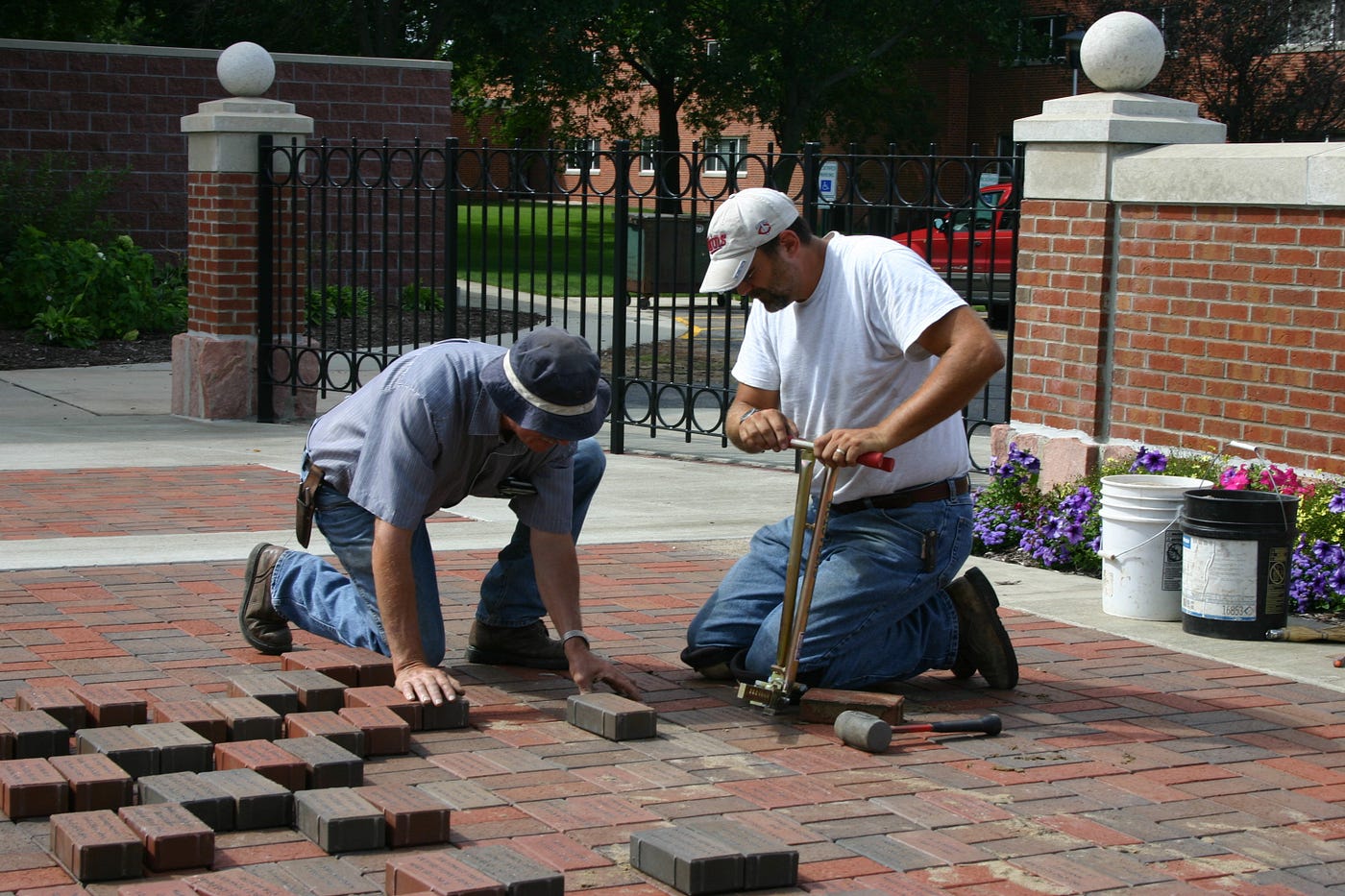

Building Materials
What Are The Dimensions Of A Brick Paver
Published: January 23, 2024
Discover the standard dimensions of brick pavers used in construction projects. Learn about the various sizes and shapes of this popular building material.
(Many of the links in this article redirect to a specific reviewed product. Your purchase of these products through affiliate links helps to generate commission for Storables.com, at no extra cost. Learn more)
Introduction
Brick pavers are a timeless and versatile choice for enhancing outdoor spaces. Whether you're planning a charming walkway, a sturdy patio, or a decorative driveway, understanding the dimensions of brick pavers is crucial for a successful project. The dimensions of brick pavers play a pivotal role in determining the overall aesthetic appeal, structural integrity, and ease of installation. By delving into the world of brick paver dimensions, you'll gain valuable insights that can guide you in making informed decisions for your landscaping or hardscaping endeavors.
Understanding the dimensions of brick pavers involves more than just knowing their length and width. It encompasses a comprehensive grasp of the various shapes, sizes, and patterns available, as well as the factors that influence the selection of specific dimensions for different applications. From traditional rectangular pavers to intricate interlocking designs, the world of brick paver dimensions offers a myriad of options to suit diverse design preferences and functional requirements.
As we embark on this exploration of brick paver dimensions, we'll uncover the standard dimensions commonly used in construction, explore the common shapes and sizes available, and delve into the factors that should be considered when choosing brick paver dimensions for your project. Whether you're a seasoned contractor, a passionate DIY enthusiast, or someone simply seeking to expand your knowledge of building materials, this journey into the dimensions of brick pavers promises to be enlightening and enriching. So, let's embark on this fascinating exploration and unravel the intricacies of brick paver dimensions together.
Key Takeaways:
- Brick pavers come in various sizes and shapes, like squares and circles, allowing for creative designs in outdoor spaces. Consider factors like traffic load and climate when choosing the right dimensions.
- Understanding brick paver dimensions is crucial for creating durable and visually appealing outdoor areas. Factors like design complexity and surrounding landscape should be considered when selecting the dimensions.
Read more: What Is A Brick Paver
Standard Brick Paver Dimensions
When it comes to standard brick paver dimensions, there are several key measurements that define the typical characteristics of these versatile building materials. The most common dimensions for traditional rectangular brick pavers are 4 inches in width, 8 inches in length, and 2 3/8 inches in thickness. These dimensions have become a standard in the industry, offering a balance of durability, ease of handling, and aesthetic appeal.
In addition to the standard rectangular shape, brick pavers are also available in a range of other dimensions to accommodate various design preferences and functional requirements. For instance, larger format pavers, such as those measuring 6 inches by 9 inches, are often used to create a more expansive and contemporary look, particularly in larger outdoor spaces. On the other hand, smaller brick pavers, such as those measuring 4 inches by 4 inches, are commonly employed in intricate patterns and designs, adding a touch of intricacy and visual interest to pathways and patios.
Moreover, the thickness of brick pavers can vary based on the intended application. While the standard thickness of 2 3/8 inches is suitable for most pedestrian and light vehicular traffic areas, thicker pavers, typically measuring 3 inches or more, are often utilized in high-traffic areas or for applications that require enhanced load-bearing capabilities, such as driveways and commercial walkways.
It's important to note that these standard dimensions serve as a foundation for the diverse array of brick paver options available in the market. From tumbled and weathered textures to smooth and uniform finishes, brick pavers come in an assortment of styles and surface treatments, each complementing the standard dimensions with unique visual and tactile qualities.
Understanding the standard brick paver dimensions is essential for anyone involved in landscaping, hardscaping, or construction projects. By grasping the fundamental measurements and variations of brick pavers, individuals can make informed decisions when selecting the most suitable dimensions for their specific applications, ensuring that their outdoor spaces are not only visually appealing but also structurally sound and long-lasting.
Common Shapes and Sizes
In addition to the standard rectangular brick pavers, there is a diverse array of shapes and sizes available, each offering unique design possibilities and functional advantages. These variations in shapes and sizes allow for creativity and customization in landscaping and hardscaping projects, catering to different aesthetic preferences and practical requirements.
One popular alternative to the traditional rectangular brick pavers is the square paver, typically measuring 6 inches by 6 inches or 8 inches by 8 inches. Square pavers are often used to create visually striking patterns, such as herringbone or basket weave designs, adding a touch of elegance and sophistication to outdoor surfaces. Their symmetrical dimensions make them versatile building blocks for intricate layouts, making them a favored choice for creating captivating visual effects in pathways, patios, and driveways.
In addition to squares, brick pavers are also available in circular or radial shapes, allowing for the creation of captivating focal points, such as circular patios or decorative medallions within larger paved areas. These rounded pavers come in various diameters, ranging from small accent pieces to larger central elements, enabling designers and homeowners to introduce organic curves and fluidity into their outdoor spaces.
Furthermore, the introduction of interlocking brick pavers has revolutionized the world of hardscaping, offering a seamless and durable alternative to traditional pavers. Interlocking pavers come in a variety of shapes and sizes, such as rectangular, hexagonal, and fan-shaped, allowing for endless design possibilities. The interlocking mechanism not only enhances the structural integrity of the paved surface but also simplifies the installation process, making it a popular choice for both professionals and DIY enthusiasts.
Beyond the traditional geometric shapes, brick pavers are also available in irregular or naturalistic forms, mimicking the appearance of natural stone. These irregular pavers come in assorted sizes and shapes, embracing the beauty of asymmetry and organic textures. They are often used to create rustic pathways, garden borders, and outdoor living spaces that exude a sense of timeless charm and earthy appeal.
Understanding the diverse shapes and sizes of brick pavers opens up a world of creative potential for landscaping and hardscaping projects. By incorporating various shapes and sizes, designers and homeowners can infuse their outdoor spaces with character, personality, and visual interest, transforming mundane surfaces into captivating works of art that stand the test of time.
Factors to Consider When Choosing Brick Paver Dimensions
When embarking on a landscaping or hardscaping project that involves the use of brick pavers, selecting the appropriate dimensions is a critical decision that can significantly impact the outcome of the endeavor. Several key factors should be carefully considered to ensure that the chosen brick paver dimensions align with the functional, aesthetic, and practical requirements of the project.
1. Application and Traffic Load
The intended application of the brick pavers is a primary consideration when determining the dimensions. For pedestrian walkways and patio areas, standard-sized pavers with a thickness of 2 3/8 inches may suffice. However, for driveways and areas subject to heavier vehicular traffic, thicker and more robust pavers are advisable to withstand the increased load and prevent premature wear and damage.
Read more: What To Put Between Brick Pavers
2. Design and Pattern Complexity
The complexity of the desired design and pattern plays a pivotal role in selecting brick paver dimensions. For intricate layouts, smaller pavers or non-standard shapes may be preferred to achieve the desired visual impact. Conversely, larger format pavers are well-suited for contemporary designs and expansive surfaces, offering a clean and modern aesthetic.
3. Surrounding Landscape and Architecture
Harmonizing the dimensions of brick pavers with the existing landscape and architectural elements is essential for creating a cohesive and visually appealing outdoor space. The dimensions should complement the scale and style of the surroundings, whether it's a historic home with traditional charm or a modern residence with sleek lines and minimalist features.
4. Climate and Environmental Factors
The local climate and environmental conditions can influence the choice of brick paver dimensions. In regions prone to freeze-thaw cycles, thicker pavers with robust dimensions are recommended to withstand the effects of frost heave and temperature fluctuations. Additionally, the porosity and surface texture of the pavers should be considered to ensure optimal performance in varying weather conditions.
5. Installation Efficiency and Material Handling
Efficient installation and material handling are practical considerations that impact the selection of brick paver dimensions. Larger pavers may cover more ground per unit, expediting the installation process and reducing labor costs. Conversely, smaller pavers are easier to maneuver and may be preferred for intricate or irregular layouts that require precise cutting and fitting.
Read more: How To Remove A Paver Brick
6. Long-Term Maintenance and Durability
The long-term maintenance and durability of the brick pavers are crucial factors to contemplate. Choosing dimensions that align with the anticipated maintenance requirements and durability expectations is essential for ensuring the longevity and resilience of the paved surface, minimizing the need for frequent repairs or replacements.
By carefully evaluating these factors and their implications on the project, individuals can make informed decisions when selecting the dimensions of brick pavers, ultimately contributing to the success and longevity of their outdoor spaces. Whether it's creating a welcoming pathway, a charming patio, or a functional driveway, the thoughtful consideration of brick paver dimensions is integral to achieving a cohesive, enduring, and visually captivating landscape.
Conclusion
In conclusion, the dimensions of brick pavers play a pivotal role in shaping the visual appeal, structural integrity, and functional performance of outdoor spaces. From the standard rectangular pavers to the diverse array of shapes and sizes available, the world of brick paver dimensions offers a wealth of options to cater to various design preferences and practical requirements.
Understanding the standard dimensions, which typically include 4-inch width, 8-inch length, and 2 3/8-inch thickness for traditional rectangular pavers, provides a foundational knowledge that is essential for anyone involved in landscaping, hardscaping, or construction projects. These dimensions serve as a starting point for exploring the myriad of possibilities offered by brick pavers, allowing individuals to make informed decisions when selecting the most suitable dimensions for their specific applications.
Moreover, the availability of various shapes and sizes, such as square, circular, interlocking, and irregular forms, empowers designers and homeowners to unleash their creativity and personalize their outdoor spaces. Whether it's creating captivating patterns, introducing organic curves, or embracing the rustic charm of irregular pavers, the diverse dimensions of brick pavers open up a world of design potential, enabling the transformation of ordinary surfaces into extraordinary works of art.
When choosing brick paver dimensions, several factors should be carefully considered, including the application and traffic load, design and pattern complexity, surrounding landscape and architecture, climate and environmental factors, installation efficiency and material handling, as well as long-term maintenance and durability. By taking these factors into account, individuals can ensure that the selected dimensions align with the specific needs of their projects, contributing to the creation of cohesive, enduring, and visually captivating outdoor spaces.
In essence, the dimensions of brick pavers are not merely numerical measurements; they are the building blocks of creativity, functionality, and longevity in landscaping and hardscaping endeavors. By delving into the intricacies of brick paver dimensions, individuals gain the knowledge and insight necessary to elevate their outdoor spaces, infusing them with character, charm, and enduring beauty that withstands the test of time. Whether it's a quaint garden pathway, an inviting patio, or a robust driveway, the dimensions of brick pavers serve as the cornerstone of outdoor elegance and practicality, enriching the landscapes and lives of those who tread upon them.
Frequently Asked Questions about What Are The Dimensions Of A Brick Paver
Was this page helpful?
At Storables.com, we guarantee accurate and reliable information. Our content, validated by Expert Board Contributors, is crafted following stringent Editorial Policies. We're committed to providing you with well-researched, expert-backed insights for all your informational needs.
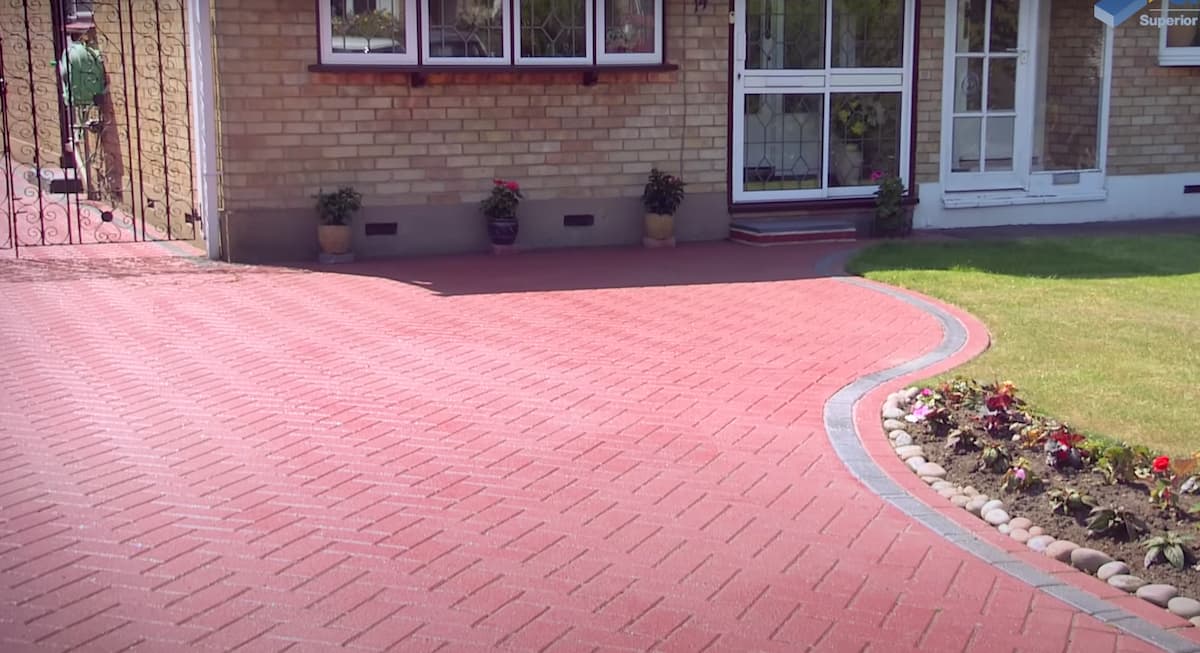
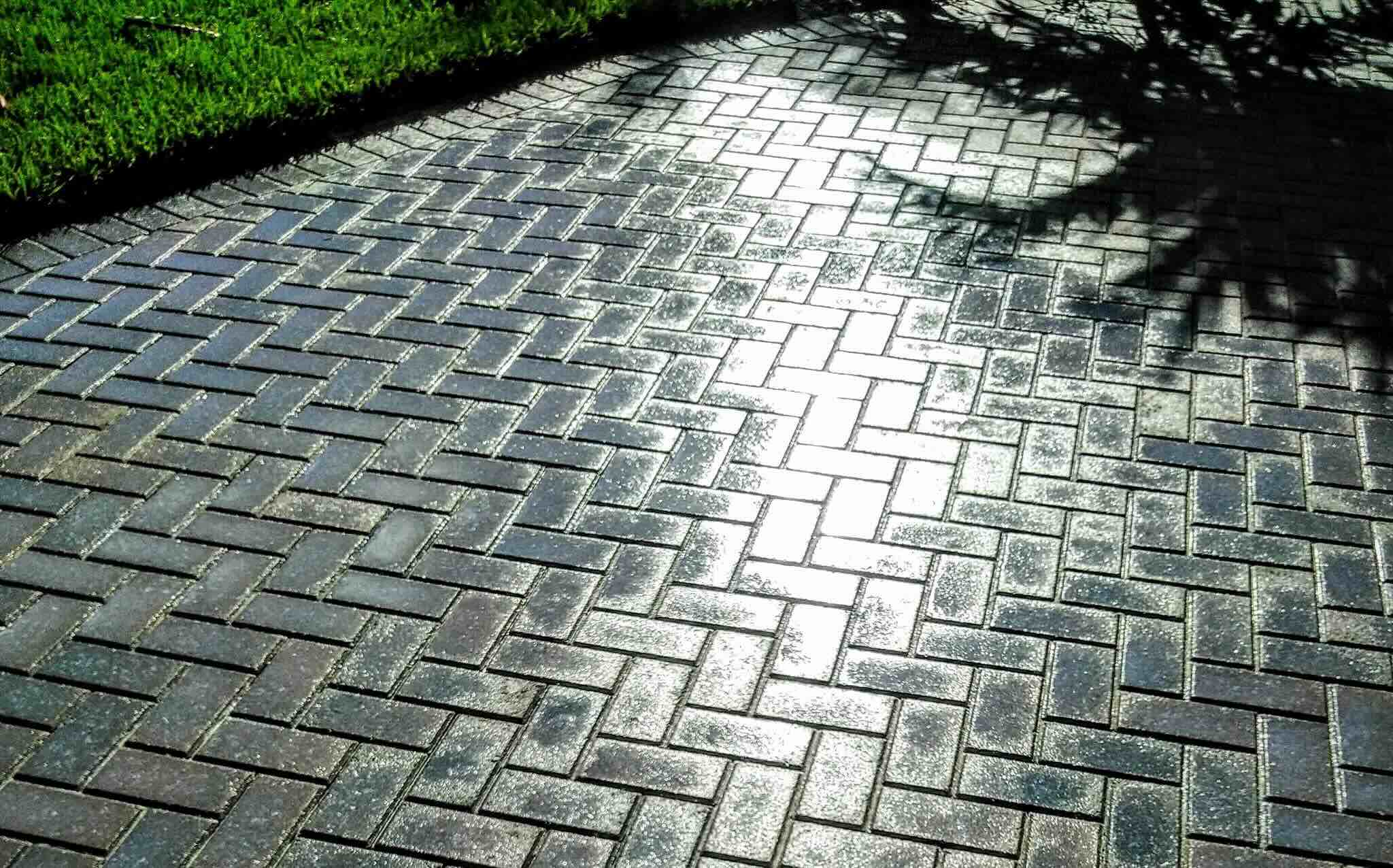
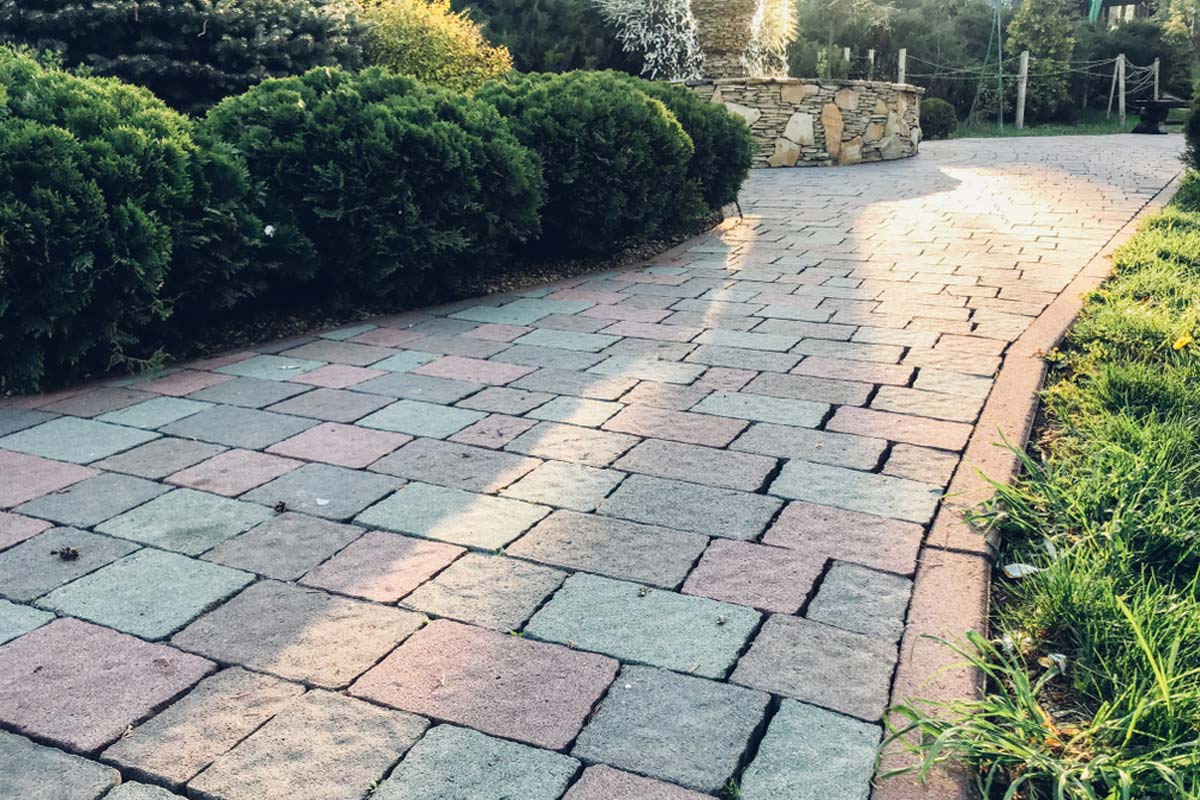
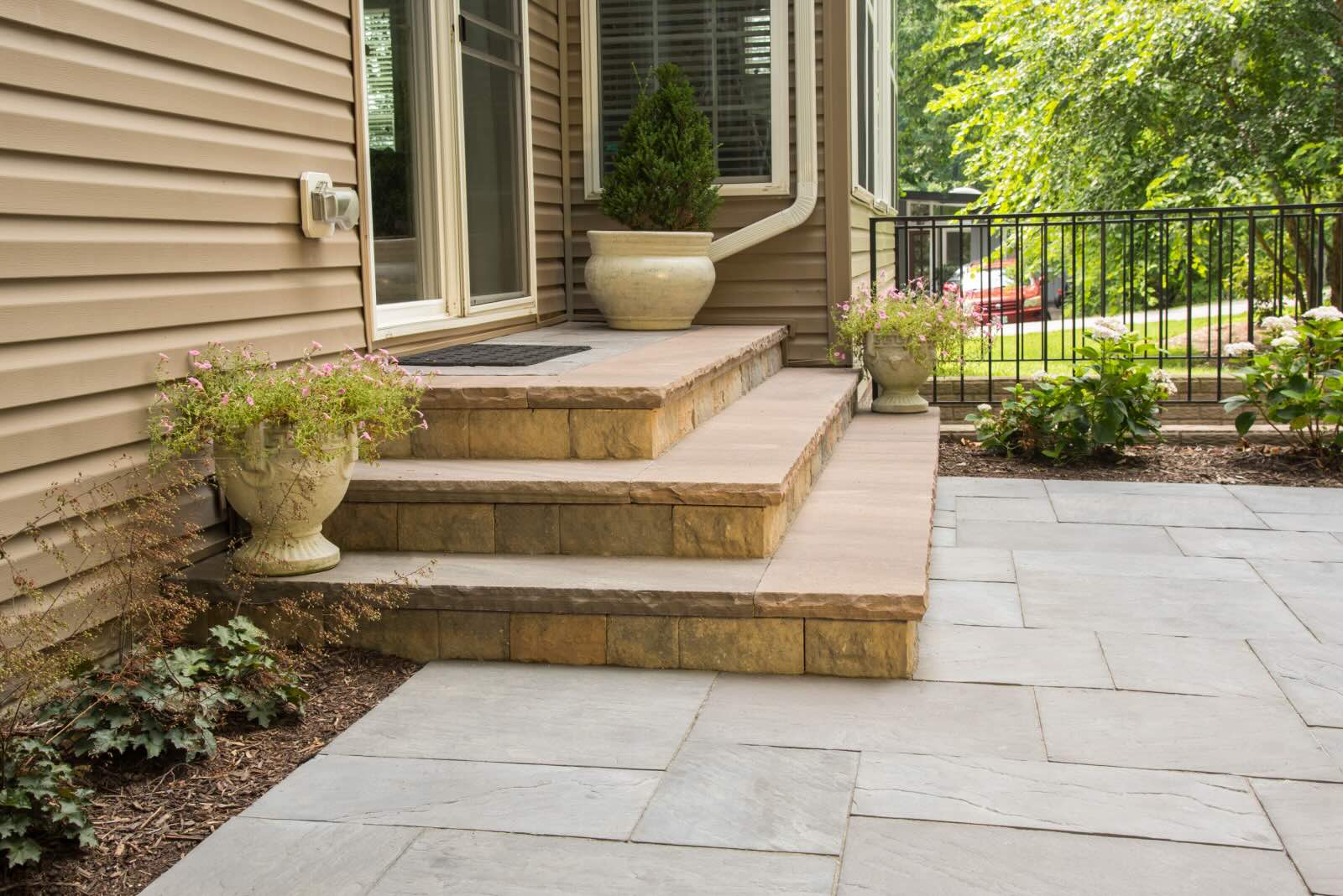
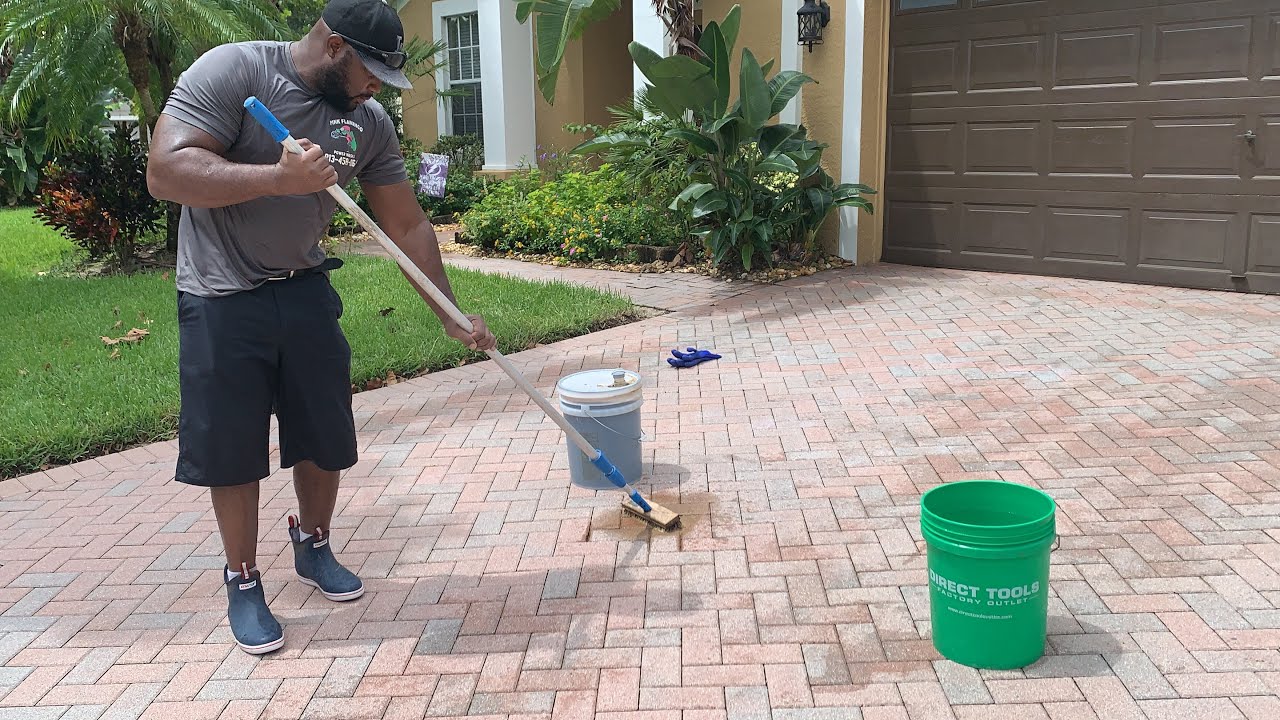
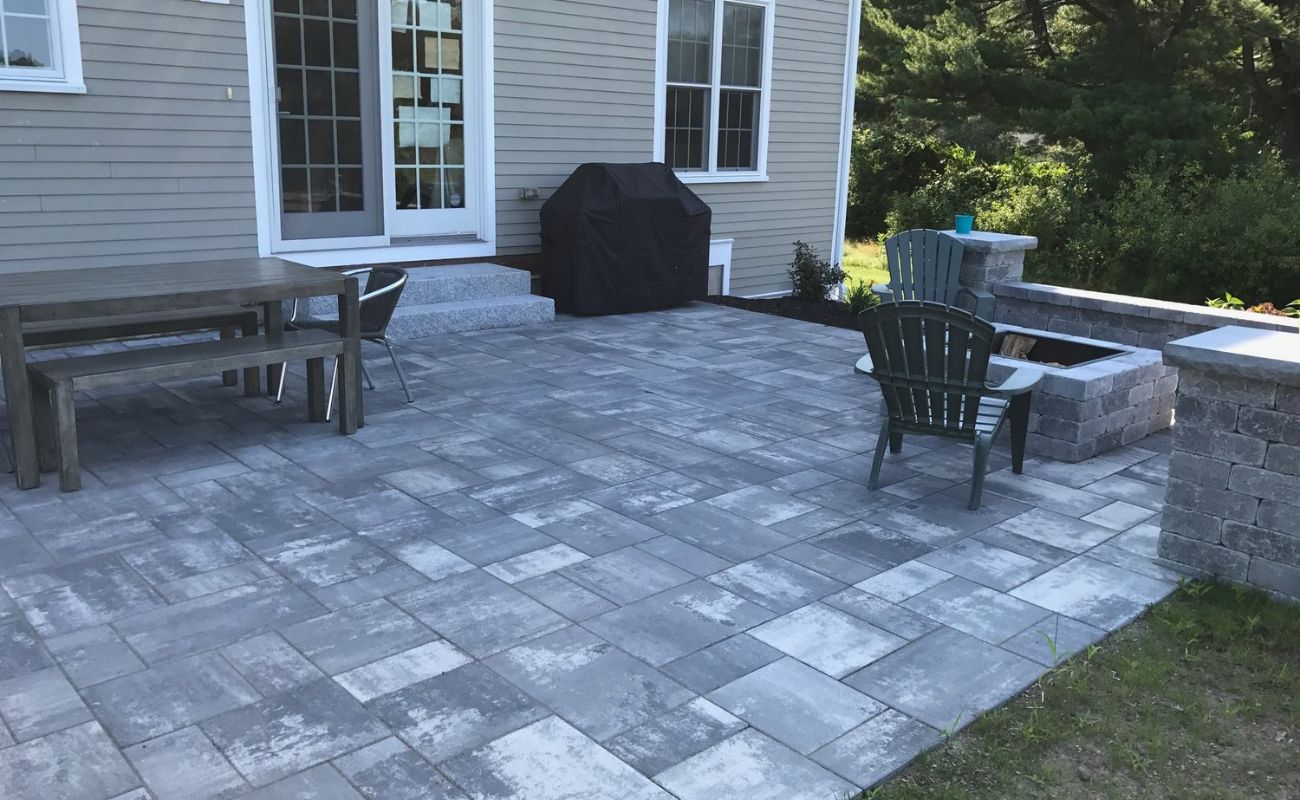
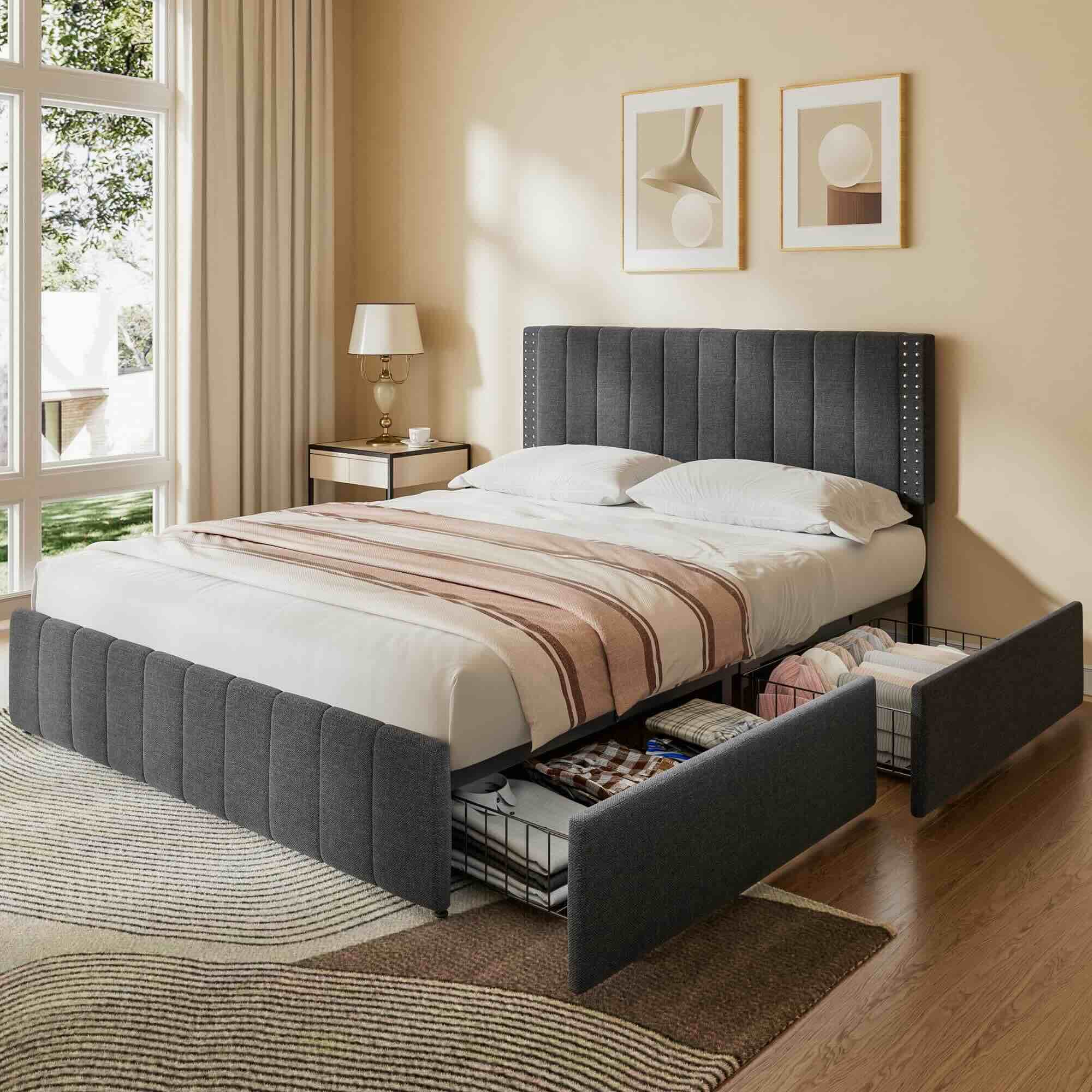

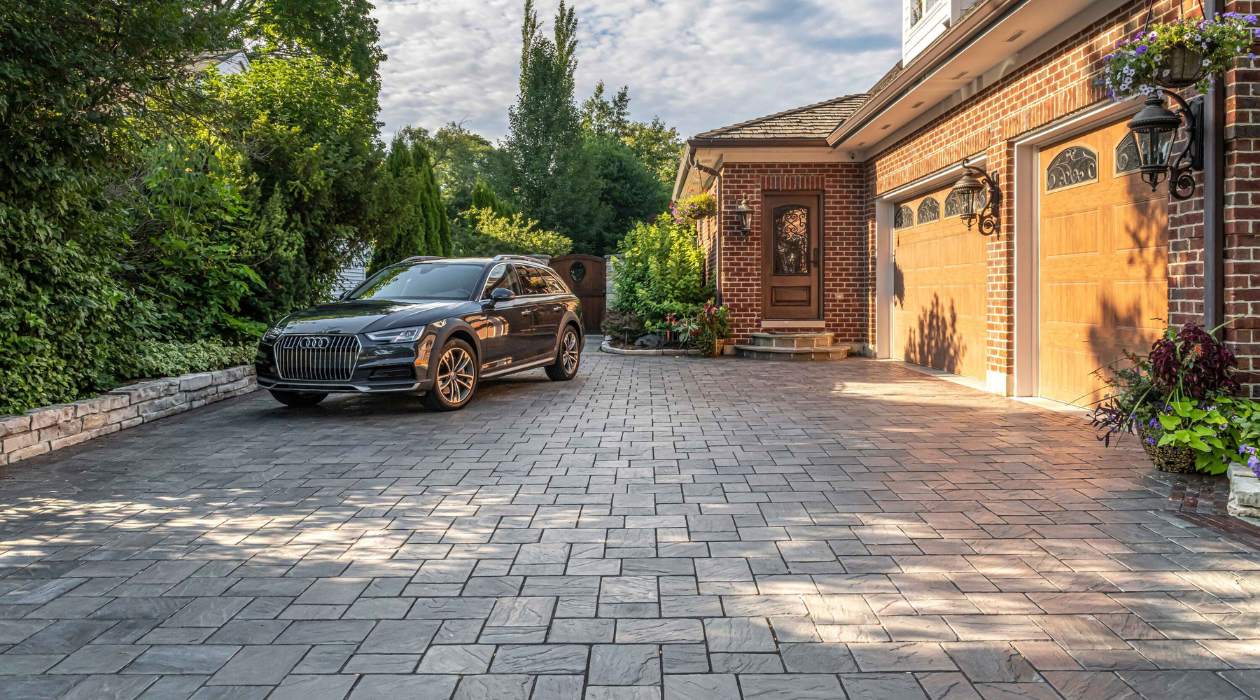
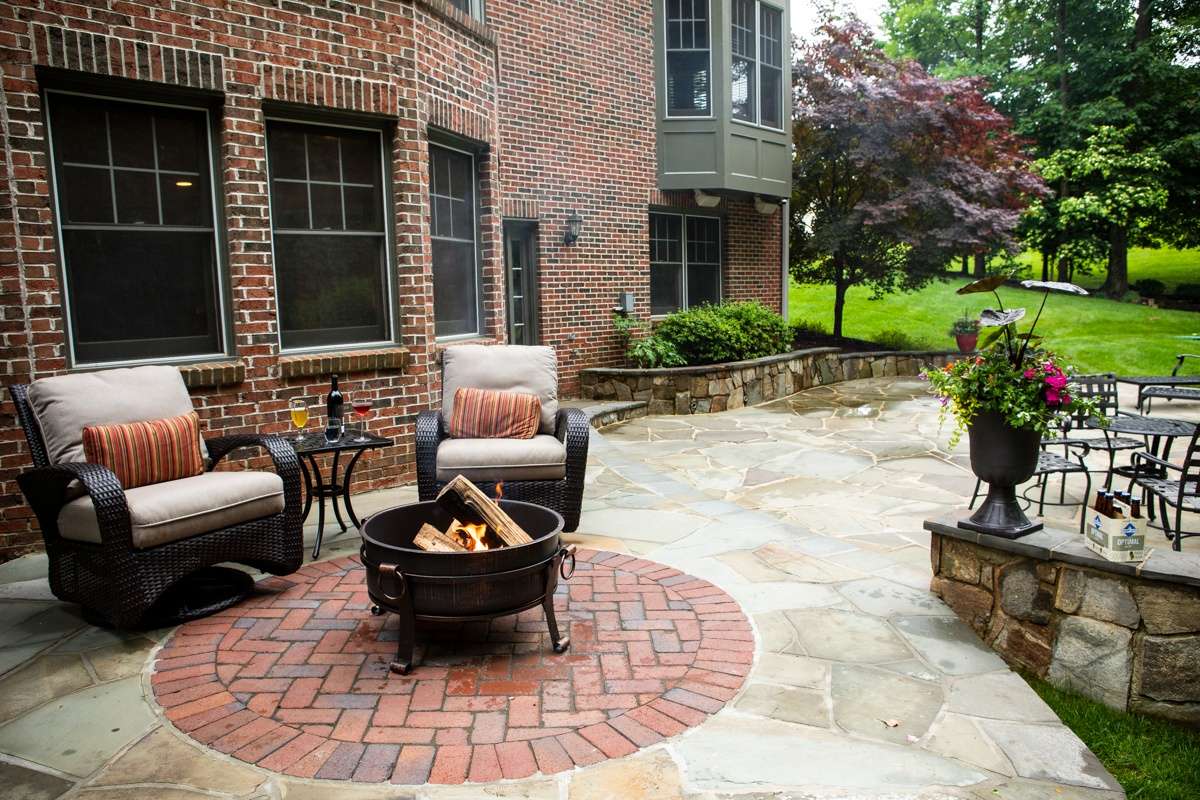
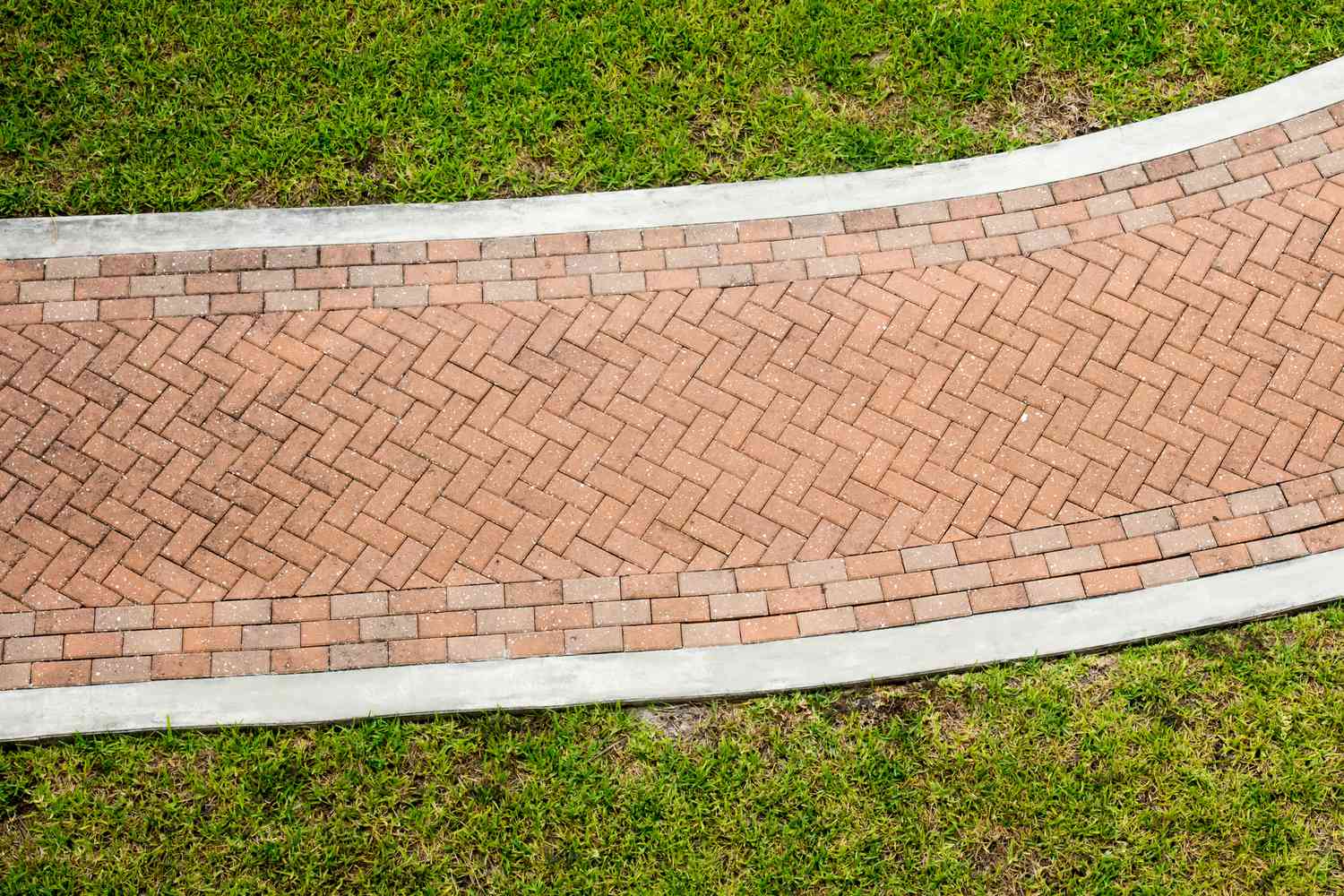
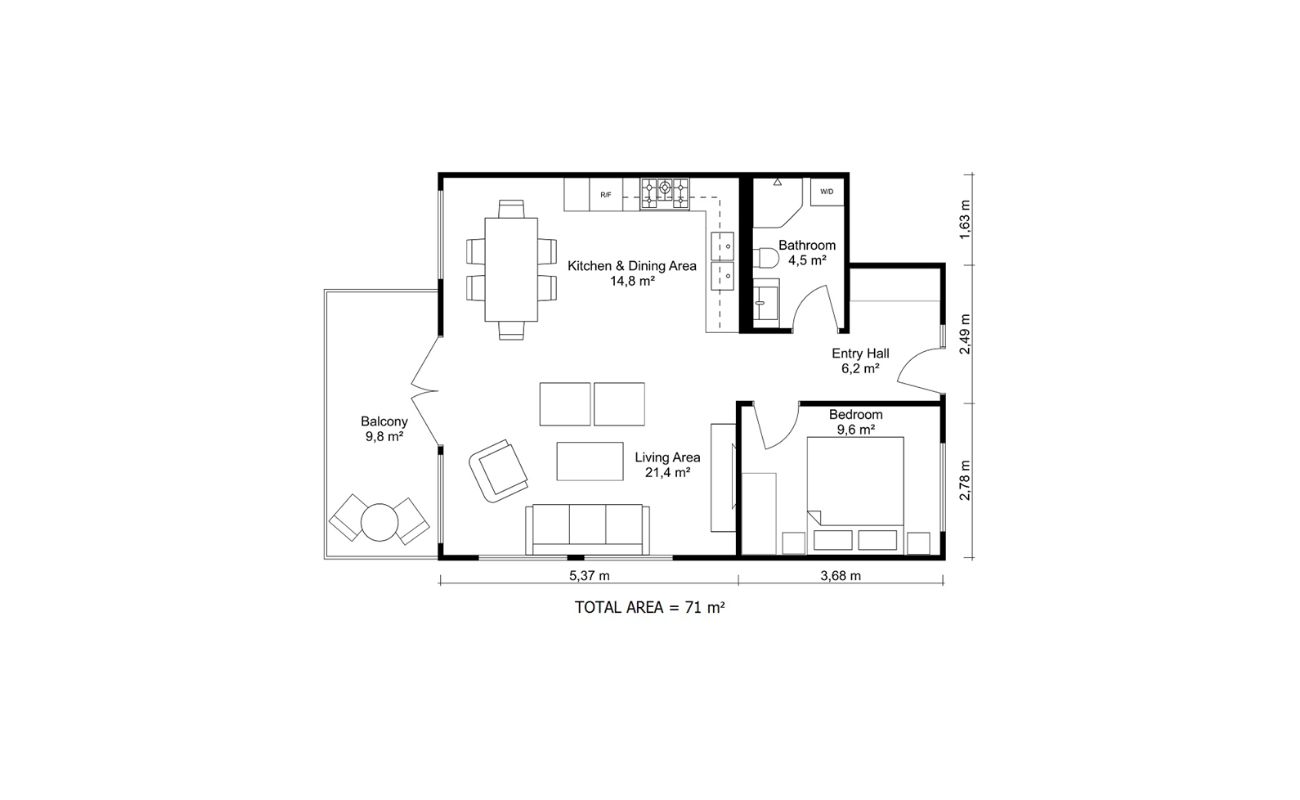
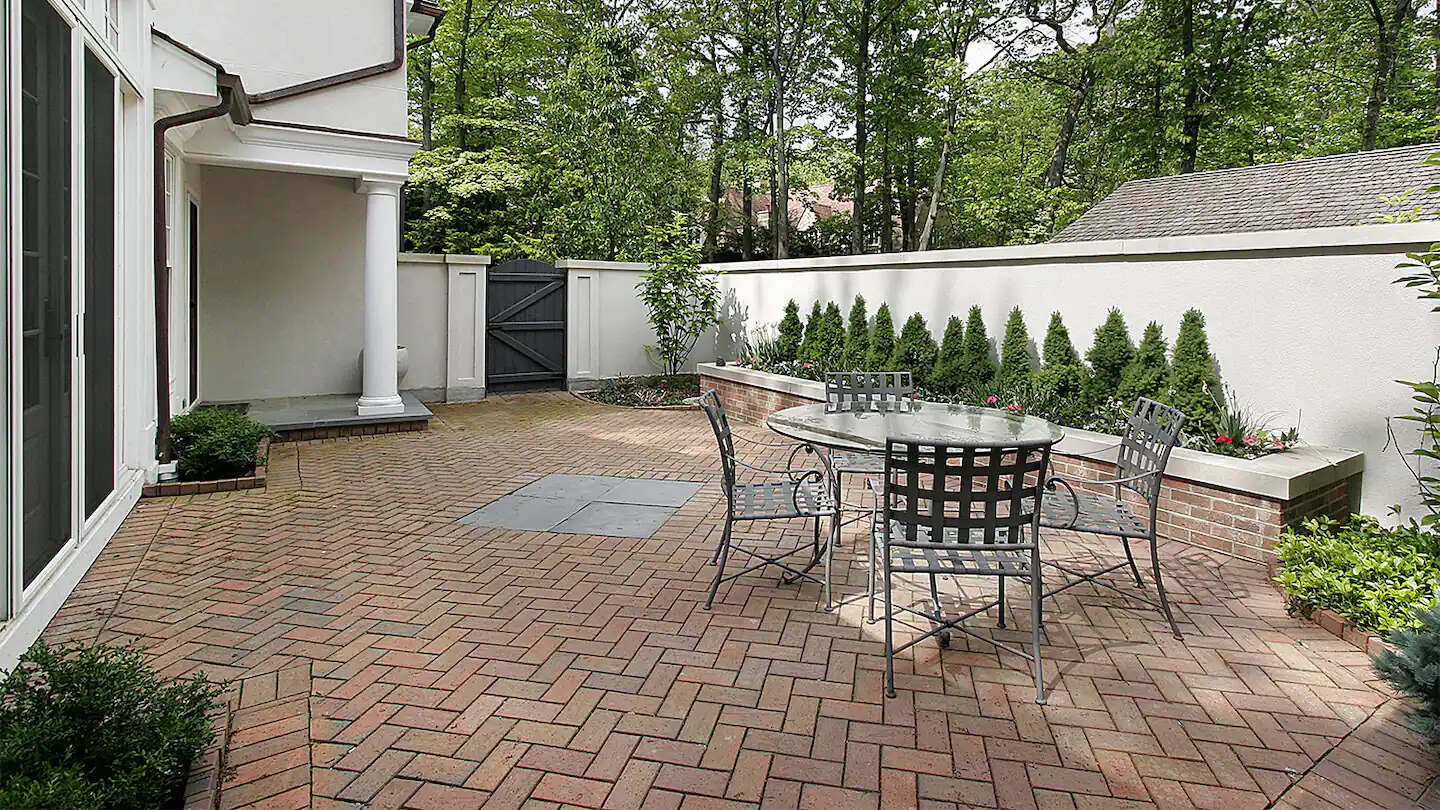

0 thoughts on “What Are The Dimensions Of A Brick Paver”